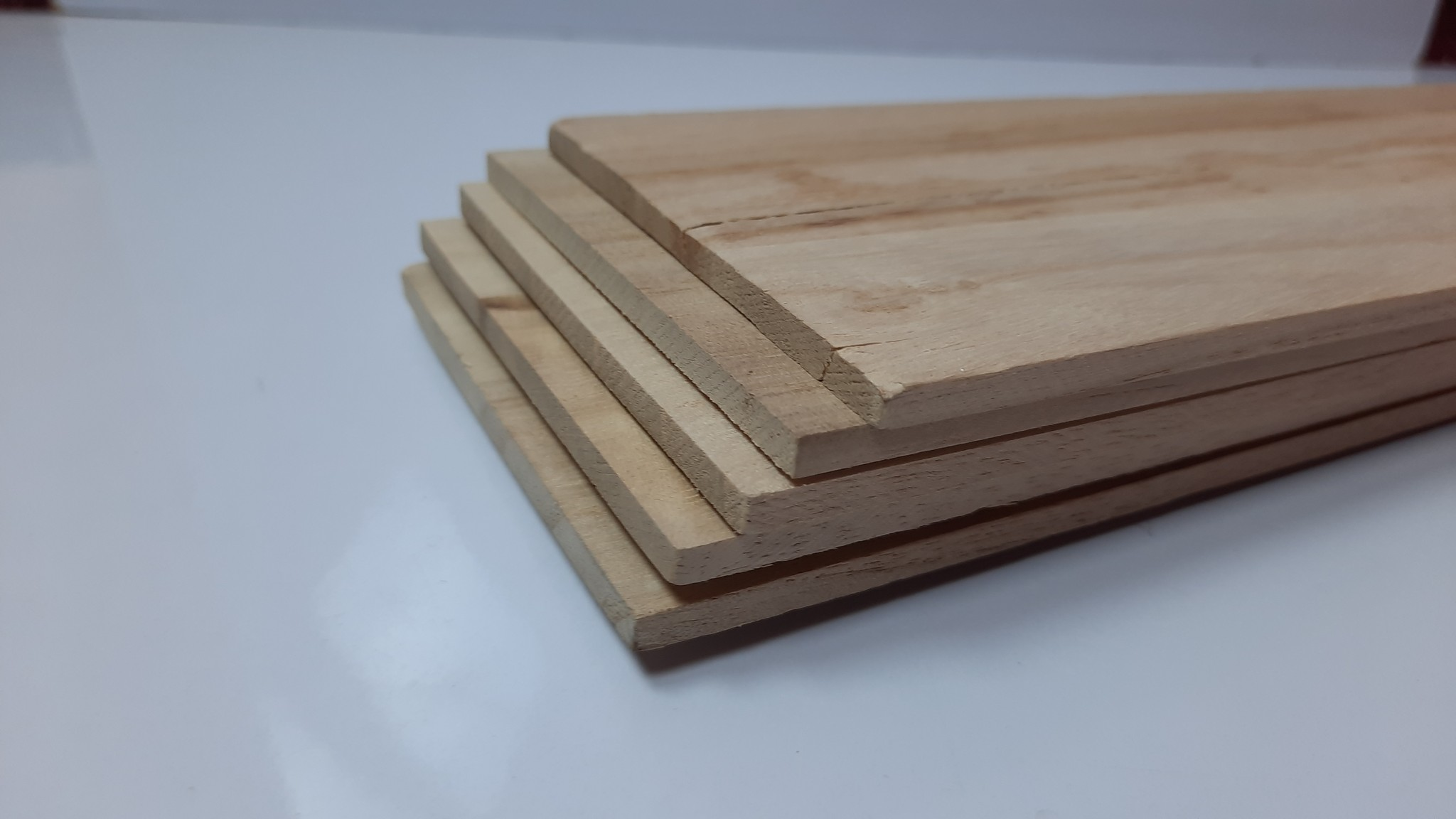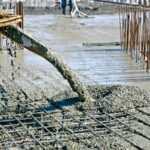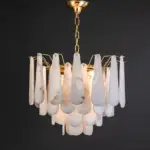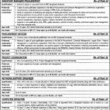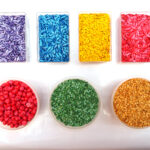Sure! Here is a simple calculator that takes the values of the length and width of a room and the length and width of a plywood sheet, and calculates the total area of the room, the area of one plywood sheet, and the number of plywood sheets needed to cover the room.
Total Room Area: m2
Area of One Plywood Sheet: m2
Number of Plywood Sheets:
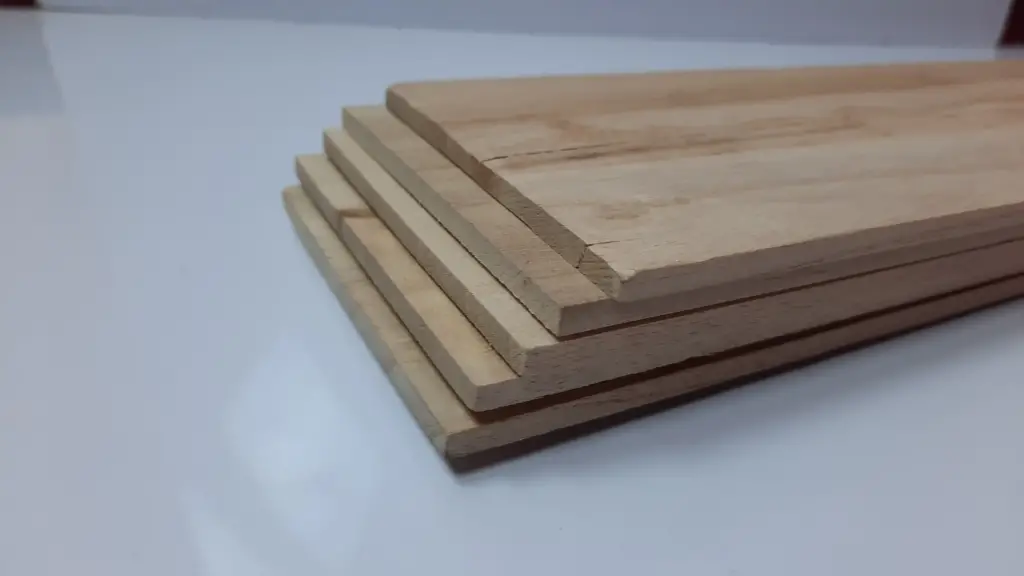
Different types of plywood
Plywood is a versatile and affordable building material made by layering thin sheets of wood veneer on top of each other and pressing them together with glue. It is strong, stable, and can be used in a variety of construction and DIY projects, from building cabinets and shelves to creating structural support for floors and walls.
There are several different types of plywood to choose from, each with its own unique characteristics and benefits. The most common types of plywood are:
- Softwood plywood: This type of plywood is made from softwoods like pine and spruce, and is commonly used for construction and DIY projects where a strong, inexpensive material is needed. It is not as durable as hardwood plywood and is more prone to warping and splitting, but it is a good choice for temporary or disposable structures.
- Hardwood plywood: This type of plywood is made from hardwoods like oak and maple, and is more expensive than softwood plywood. It is much stronger and more durable, making it a good choice for high-quality, long-lasting projects. It is also less prone to warping and splitting than softwood plywood.
- Marine plywood: This type of plywood is specially treated to be resistant to moisture and rot, making it ideal for use in marine environments or any other project where the plywood will be exposed to water. It is made from high-quality hardwood and has a special waterproof glue that holds the layers together.
- Pressure-treated plywood: This type of plywood is treated with chemicals to make it resistant to insects and rot, making it a good choice for outdoor projects or for use in areas where these pests are a concern.
In addition to these main types of plywood, there are also different grades of plywood that are based on the quality of the wood and the number of imperfections in the sheets. The most common grades of plywood are:
- A-grade plywood: This is the highest quality plywood with the fewest imperfections. It is generally smooth on both sides and has a uniform appearance.
- B-grade plywood: This grade of plywood has a few more imperfections than A-grade plywood, but it is still a good quality material. It may have knots or other blemishes on the surface, but it is still suitable for many projects.
- C-grade plywood: This grade of plywood has even more imperfections and may have knots, voids, and other blemishes that are visible on the surface. It is generally used for projects where appearance is not a concern, such as underlayment or temporary structures.
- Estimating the quantity of plywood sheet needed for a room or a wall
Calculating Quantity of plywood sheet needed
To calculate the amount of plywood needed for a project, you will need to measure the area where the plywood will be used and convert it to square feet. For example, if you are covering a wall that is 8 feet wide and 8 feet tall, the area of the wall is 64 square feet. You will also need to consider the width and length of the plywood sheets that you are using, as well as any waste or overlap that will be needed.
Like Us on Facebook!
For example, if you are using 4-foot by 8-foot sheets of plywood, you will need 8 sheets to cover the 64-square-foot wall. However, if you need to overlap the sheets or if you will have to cut them to fit around outlets or other obstacles, you may need to purchase additional sheets to account for this waste.
Subscribe Us on YouTube!
In summary, plywood is a versatile and affordable building material that is used in a variety of construction and DIY projects.

